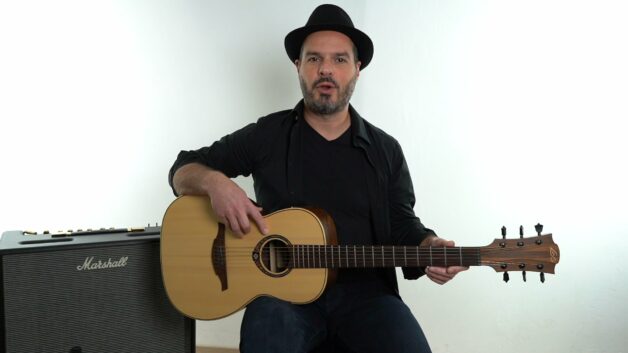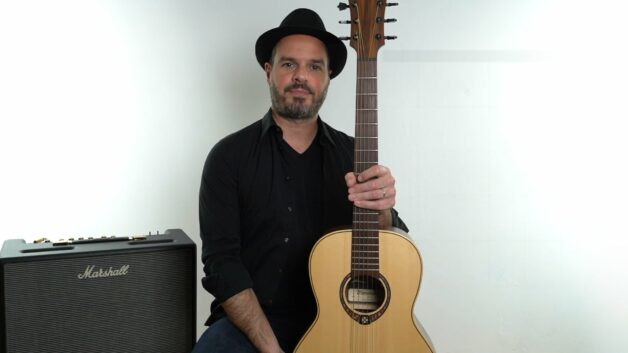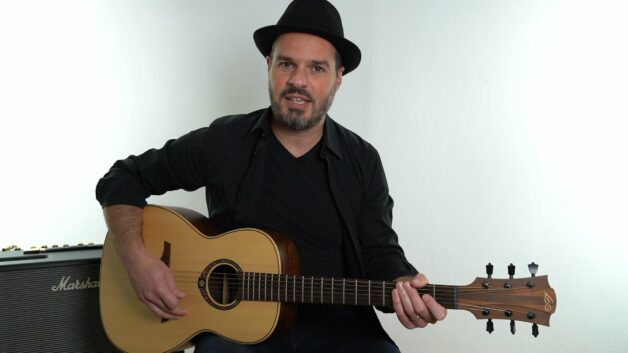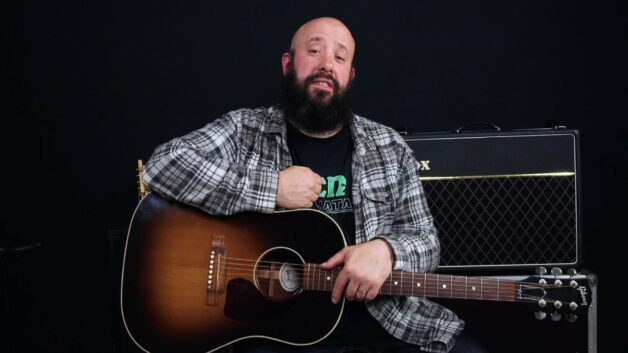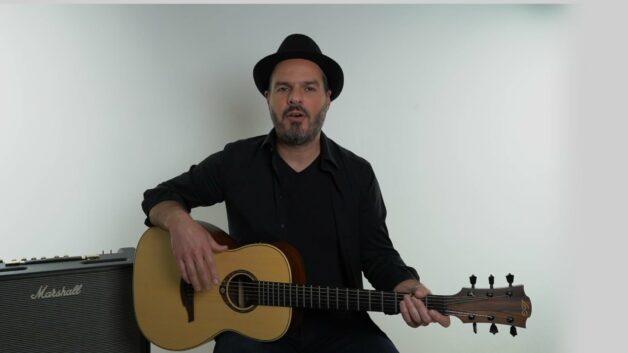How to Position Left Hand on Guitar: Essential Techniques for Beginners
Getting Your Left Hand Right from the Start
Understanding how to position your left hand on guitar is essential for building a solid technical foundation. Proper hand positioning not only impacts the clarity and quality of your playing. It can also protect you from common beginner pitfalls, such as unwanted tension, muscle strain, or even repetitive stress injuries. In fact, some of the most influential guitarists, from Eric Clapton to classical legend Andrés Segovia, spent years refining their hand positioning before becoming masters of their craft.
Let’s dive into the core principles that will make your guitar journey smoother from day one.
Thumb Placement: An Anchor for Precision
One of the most overlooked yet critical aspects of left-hand positioning is proper thumb placement. Your thumb should sit comfortably on the back of the guitar neck, approximately at its midpoint. Imagine gently pressing a thumbtack into the neck. This analogy might feel simple, but it captures precisely the type of focused yet relaxed pressure you need.
Common mistakes beginners make include wrapping their thumb over the neck (known as the “baseball grip”). At first, the thumb should be positioned behind the neck, but the position where the thumb wraps around the neck, as Jimi Hendrix used to do, will also be used later on.
A quick teaching tip: Encourage yourself to regularly pause and check thumb position, especially when changing chords. It’s an investment in technique that’ll pay off exponentially as you advance.
Fingers and Frets: How Small Adjustments Make Big Differences
Once your thumb is properly placed, your fingers should naturally form a gentle curve, landing on the strings with precision. A common error beginners make is flattening their fingertips, unintentionally muting neighboring strings and producing dull or buzzing notes. Rounded fingertips, placed close to the upper fret (the metal fretwire closest to the guitar’s body), provide clarity and sustain.
When forming chords like E minor, notice how positioning your fingers just behind the upper fret instantly improves tone and ease of play. Many beginners mistakenly place their fingers too far from the fret, causing buzz or poor sound quality. Take a moment to ensure each note rings clear and strong.
Practical Advice for Better Hand Positioning
It’s normal to encounter initial discomfort or awkwardness when practicing left-hand positioning. Overcoming this requires mindfulness and patience rather than brute force. Here are a few actionable tips to internalize proper hand placement:
- Regularly check your thumb position, especially during transitions between chords.
- Avoid squeezing the guitar neck tightly; excessive pressure leads to fatigue and limits finger mobility.
- Take short breaks during practice sessions to shake out tension from your fingers, hand, and wrist.
On a historical note, legendary guitarist Jimi Hendrix famously had large hands, yet he still emphasized proper hand positioning, highlighting the universal need for technique over mere physical advantage.
By integrating these techniques into your daily practice routine, you’ll find that proper left-hand positioning becomes second nature, significantly improving both your playing quality and your enjoyment of the instrument.
